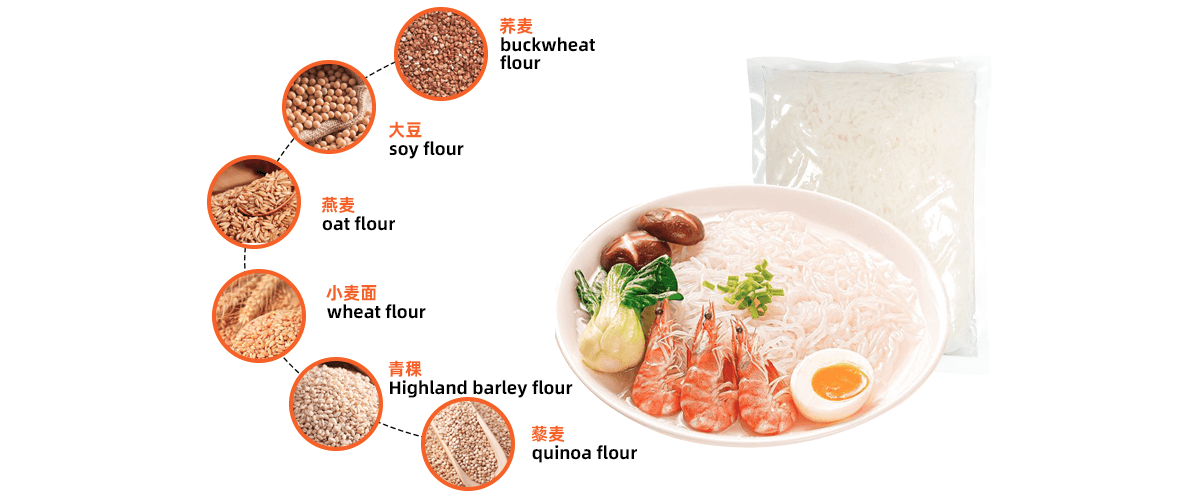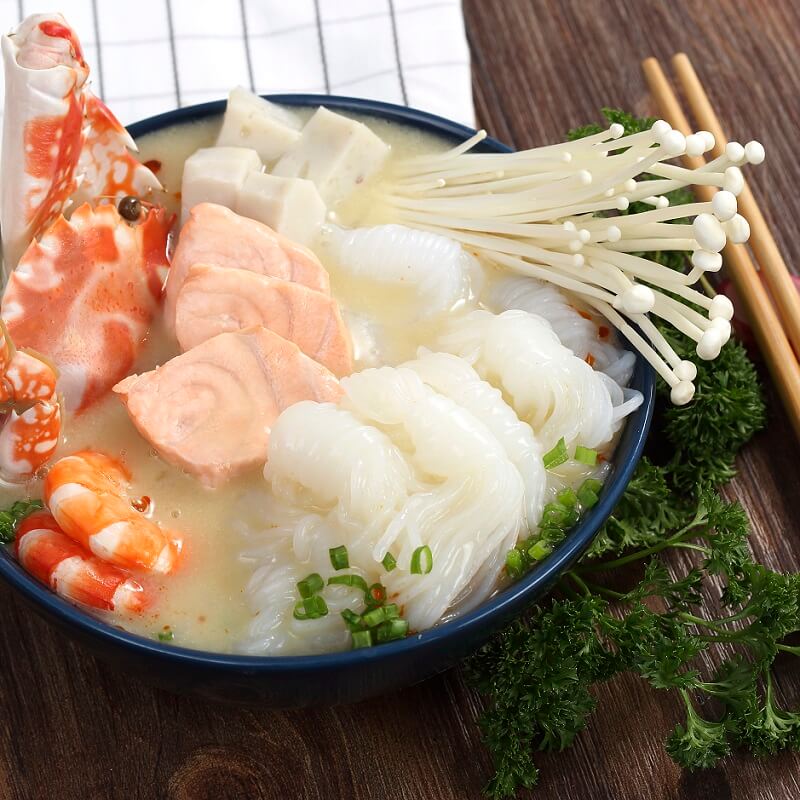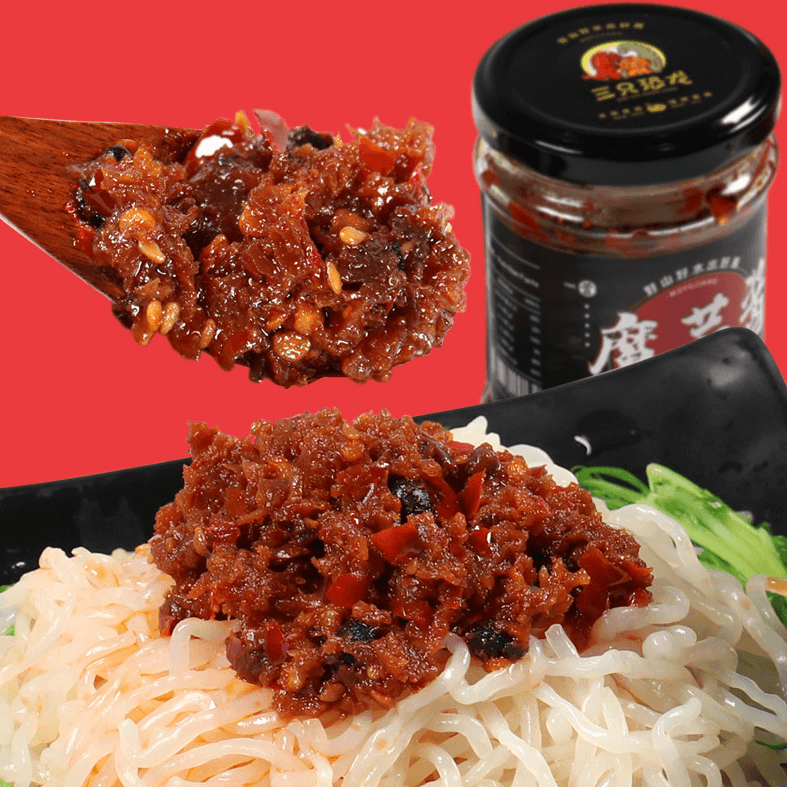Can You Recommend Konjac Noodles made with Grains?
- Under the trend of modern healthy diet, more and more people begin to pay attention to the composition and nutritional value of food. Traditional konjac noodles are made from the konjac plant and are often used in cooking and as a substitute for traditional pasta. However, for those more interested in grains, grain konjac noodles seem to be the better choice. So, is there any konjac noodles made from grains?
Explore the Possibilities of Grain Konjac Noodles Grains are one of the common ingredients in our daily diet. They are high in protein, fiber and other nutrients. Exploring whether grains can be combined with konjac to make delicious and healthy konjac noodles will be an exciting field. Through the combination of grains and konjac, the nutritional value of food can be further enriched while maintaining the unique flavor of konjac noodles. In this article, we will delve into the possibilities of grain konjac noodles and introduce several recommendations for grain konjac noodles.
What are the Benefits of Grain Konnyaku Noodles?
Grains are a group of plant seeds that are primarily used as food and are widely used to make noodles, bread, and other foods. Common grains include wheat, rice, corn, oats, and barley, among others. Cereals are one of the main food sources for humans, rich in complex carbohydrates, protein, fiber and many vitamins and minerals.
Konjac noodles are gluten-free noodles made from the tuber of the konjac plant that are low in calories, fat and high in fiber. Since the tubers of konjac noodles hardly contain any digestible carbohydrates, they are considered a low GI (glycemic index) food, which is good for blood sugar and weight control. Konjac noodles are also rich in dietary fiber, which helps promote digestive health. It is ideal for vegetarians, diabetics and dieters.
Combining grains with konjac to make konjac noodles has many benefits and advantages:
① Rich in nutrients: Grains are rich in protein, fiber, vitamins and minerals, which can provide many nutrients needed by the human body.
② Add texture and mouthfeel: Grains have their own unique texture and taste, and combining grains with konjac can make konjac noodles richer and more interesting. For example, wheat konjac noodles can add texture and
springiness to noodles, and corn konjac noodles can bring sweetness.
③ Rich food choices: Through the combination of grains and konjac, people can have more choices to meet different tastes and dietary needs.
④ Improves Digestion: Both grains and konjac are rich in dietary fiber, which together can further promote digestive health. Dietary fiber aids in digestive movement and arch movement, reducing constipation problems.
⑤ Meet special dietary requirements: Combining grains with konjac can meet some special dietary needs, such as vegetarians and diabetics. The low GI of konjac noodles and the nutrition of the grain can provide a balanced and satisfying food choice for these individuals.
Any Recommendations for Grain Konjac Noodles?
The following are our existing grain konjac noodles, we also support customization of other grain konjac noodles, such as: Highland barley konjac noodles, quinoa konjac noodles, corn konjac noodles, etc.
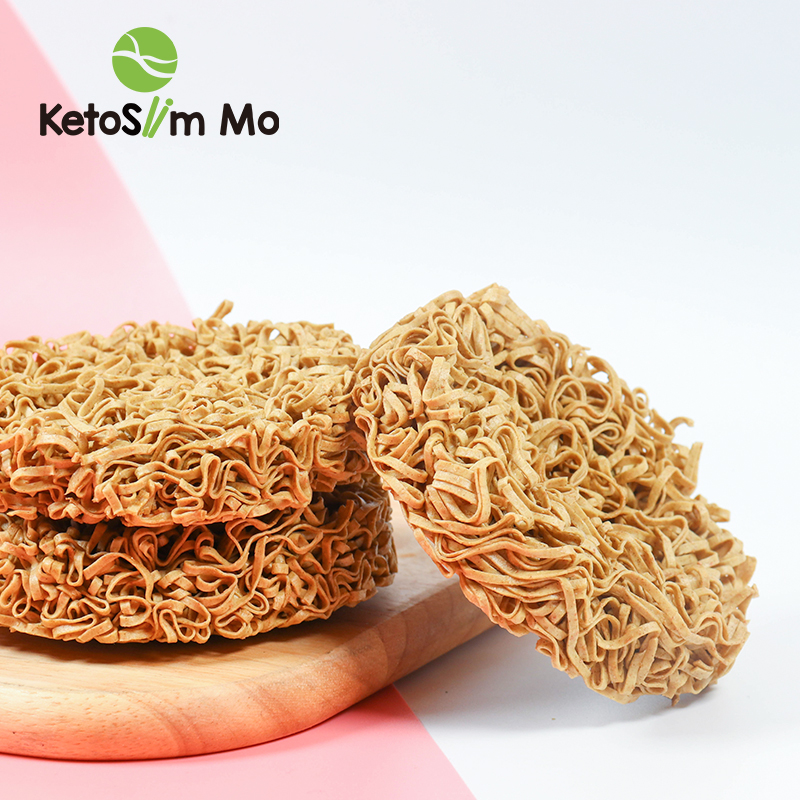
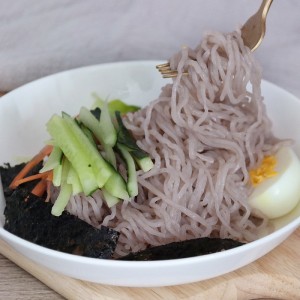
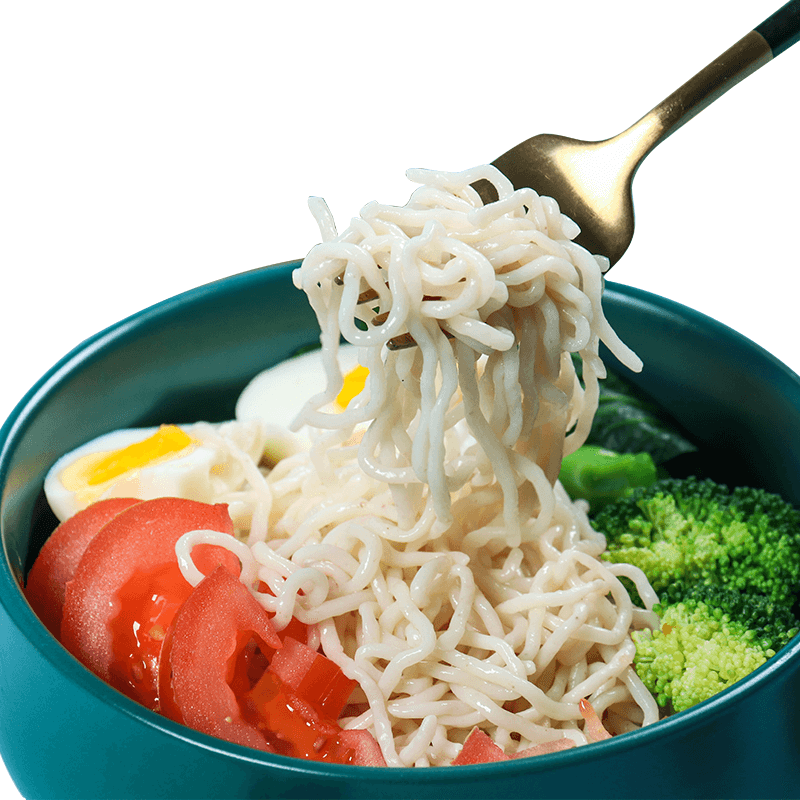
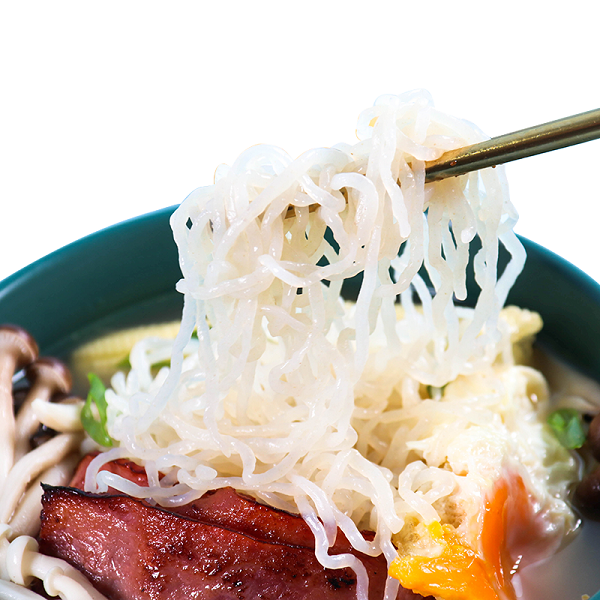
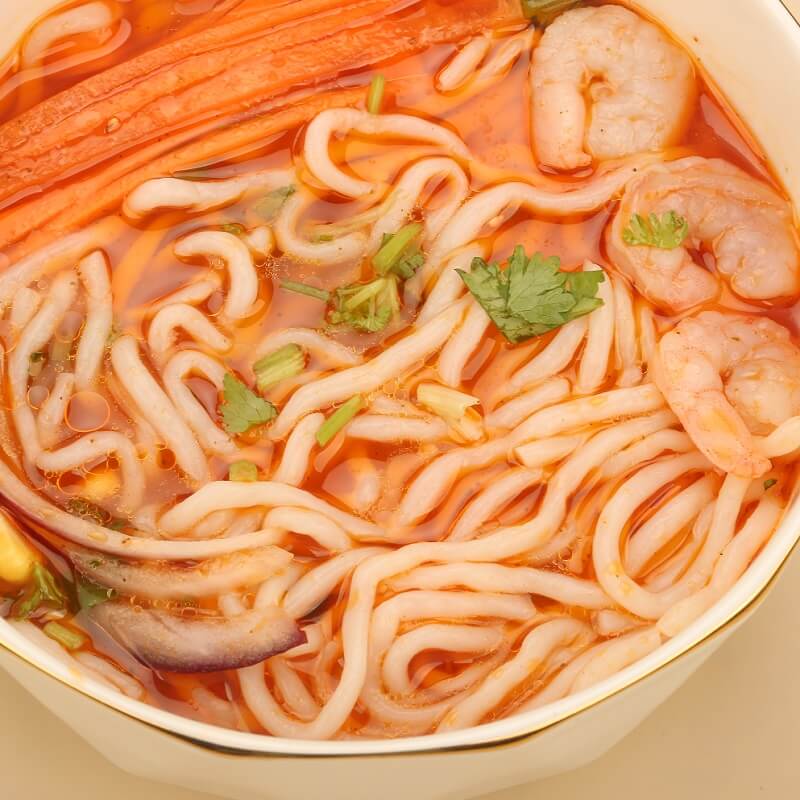
The taste of konjac noodles is delicate and easy to taste. It is suitable for fried noodles, noodles or noodles in soup. Perfect to serve with bechamel for a richer taste. Can be wholesale customized together with konjac sauce at Ketoslim Mo.
Grain konjac noodles can also be used as a substitute for rice, suitable for a variety of dishes or as a staple food.
Ready to Tap into the Grain Konnyaku Noodles Market?
Send your grain konnyaku noodle needs
Expanding the Consumer Base
Increase grain intake: Grains are rich in carbohydrates, protein, dietary fiber, and various vitamins and minerals. Using grain konjac noodles can effectively increase grain intake. Grain powder is added to the grain konjac noodles, which can supplement and increase the nutritional content of the grain, allowing people to better absorb the various nutrients provided by the grain.
Enrich the taste and flavor: By adding grain powder in the process of making konjac noodles, the taste and flavor of konjac noodles can be enriched. The characteristics of different grains can be combined with the smooth texture of konjac noodles to create a richer and more diverse taste experience.
Expansion of consumer groups: Grain konjac noodles can produce products suitable for various tastes according to the characteristics and preferences of different groups of people. For example, for those who like a refreshing taste, you can choose udon konjac noodles; for those who pursue dietary fiber and protein, you can choose buckwheat konjac noodles; for those who like a delicate taste, you can choose oatmeal konjac noodles. Therefore, the diversity of grain konjac noodles can meet the taste needs of different groups of people and expand the audience range of the product.
Conclusion
Grain konjac noodles are a viable option that not only tastes good, but also has a high nutritional profile. We highly recommend readers to try the Grain Konjac Noodles to feast their taste buds with different flavours.
We encourage our readers to contact the supplier for more detailed information about Grain Konjac Noodles. If you have any questions or need further information about our products, please click below to get in touch with us.
Konjac Foods Supplier'S Popular Products
You May Ask
What Are The Popular Flavors Of Ketoslim Mo Konjac Food?
Where to Find Wholesale Halal Shirataki Noodles?
Quality Certifications: Ketoslim Mo Konjac Noodles - HACCP, IFS, BRC, FDA, KOSHER, HALAL Certified
What Are The Processes Of Wholesale Konjac Noodles From Chinese Factories?
What Do I Need To Look For In A Customized Konnyaku Noodle?
Post time: Aug-04-2023


